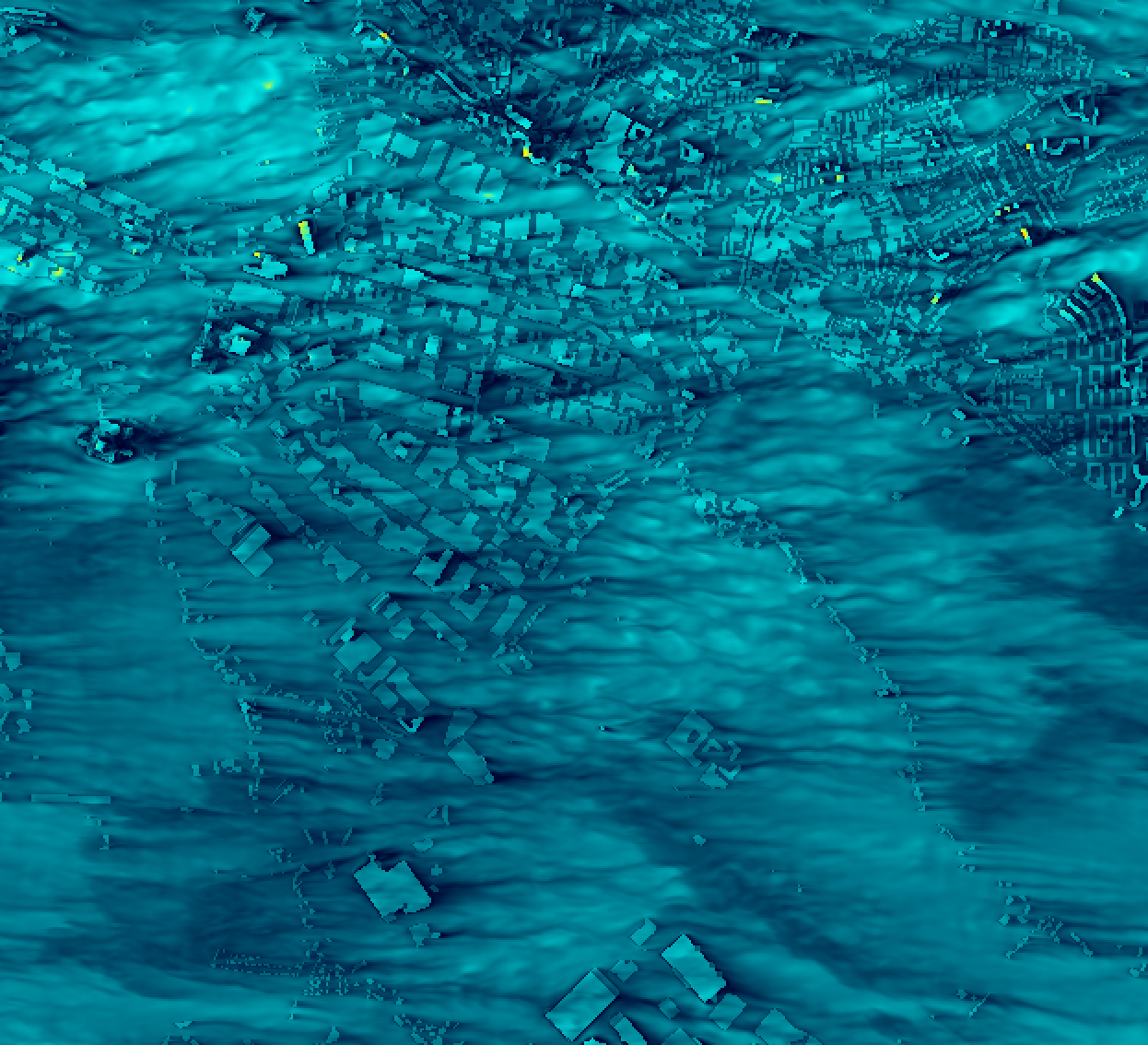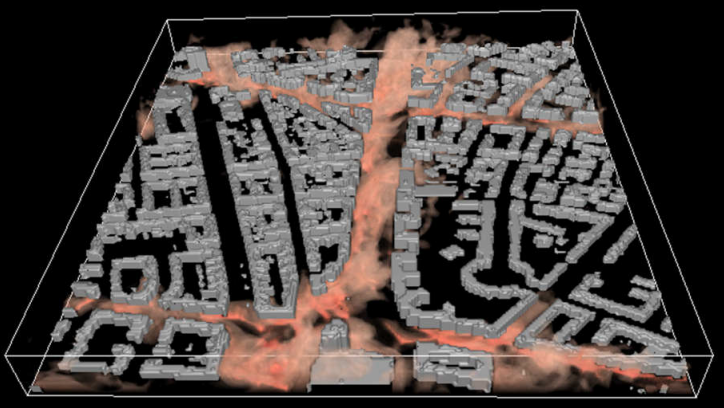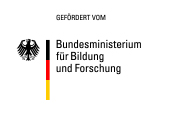Part 2 Simulations with PALM-4U
Many of the subprojects that carry out measurements are working in parallel on simulations with the urban climate model PALM-4U. This concerns the cities of Hamburg, Berlin, Dresden, Hannover, Stuttgart, Augsburg and Munich. Data from the special measurements (see part 1) will be used to validate PALM-4U with respect to specific model performances. Since the simulations usually require a lot of computing time and huge amounts of data are generated, some of the simulations will be performed on external high-performance computers, e.g. at the German Climate Computing Center. These external resources have to be applied for and approved by the respective data center. Extensive tests and studies on different aspects of PALM-4U precede the actual simulations to answer scientific or application-related questions. Before a simulation can start, the input data e.g. surface type, building and vegetation for the area to be simulated must be prepared, since realistic boundary conditions for the atmosphere, the local environment and the soil must be considered. Depending on the problem of the simulation and data availability, the input data included in the simulation are in different levels of detail. For the output, processing and presentation of the simulation results, we are also working on programs in different computer languages.
The question of how PALM-4U can reproduce turbulent flow near a surface or a wall is being investigated in Hamburg. The results of the simulations are compared with results from experiments in the wind tunnel. For this purpose flow patterns were determined in the wind tunnel on models of house facades with balconies and different floor heights. In addition, the Hamburg meteorologists are planning a realistic long-term simulation with PALM-4U for different urban areas of Hamburg. A first PALM-4U simulation was successfully performed for an area of about 6x6 km around the weather mast of the University of Hamburg. Again, the measured data from the weather mast are compared with the results of the PALM-4U simulation.
In Berlin, simulations for the use case 'Reaction of the nitrogen dioxide concentration in the urban atmosphere to changes in traffic density and engine technology' were carried out to test the sensitivity to changes in the vertical extent of the area to be simulated and the drive of the model. It was shown that the height of the area plays a decisive role for the results of the simulations.
In Dresden, the validation of the plant canopy module of PALM-4U is being worked on. This is about how tree populations are represented in PALM-4U and to what extent results of the simulations agree with measurements e.g. in closed tree populations.
For Stuttgart, various tests showed that the model still has technical problems with a complex topography like the one in Stuttgart. Further tests on different computer platforms or architectures and for the spatial resolution of the model served to optimize the performance of the simulations, e.g. to shorten the computing time required for the simulation of a certain area or period.
In Augsburg, the responsible TP is working with the city administration and industry to develop scenarios for thermal and air-hygienic load reduction in different districts. After selecting suitable weather conditions with and without thermal load, control simulations were carried out, for which simultaneous measurement data from drone flights and from measuring stations of the German Weather Service are available for comparison.
In Munich, simulations were carried out on the accumulation of nitrogen dioxide (NO2) in road areas. Here it could be shown that high blocking buildings lead to the accumulation of NO2 in the street area. Several of these simulations could show the great potential of turbulence-resolving chemical transport models for modelling air quality in street areas. However, the computational effort is very high, so until now only the simulation of short time periods for parts of the city was possible.
We are looking forward to the further results and progress, which will soon be shown in an online video conference of 3DO+M.
 |
 |
|
Simulated wind velocity in 10m height at the Hamburger weather mast. © Uni Hamburg, Akio Hansen |
Simulated NO2 distribution after 80 minutes simulation and constant wind from eastern direction (5 m/s). Red areas present NO2-concentrations above 20 ppb (about 40ug/m³). © DLR/DFD Ehsan Khorsandi, Frank Baier, Thilo Erbertseder |

